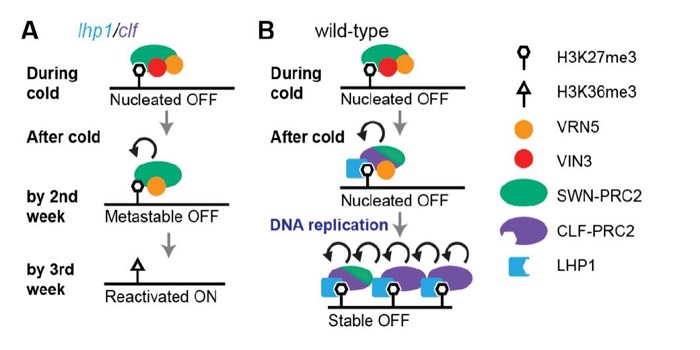
Distinct phases of Polycomb silencing to hold epigenetic memory of cold in Arabidopsis ($)
0 Comments
/
Some plants can only flower after a cold period. This cold period has been shown to cause epigenetic gene silencing of an inhibitor of flowering, which in Arabidopsis is encoded by FLC. Yang and Berry et al. explore the mechanism by which FLC is epigenetically silenced in response to cold. Previous studies…
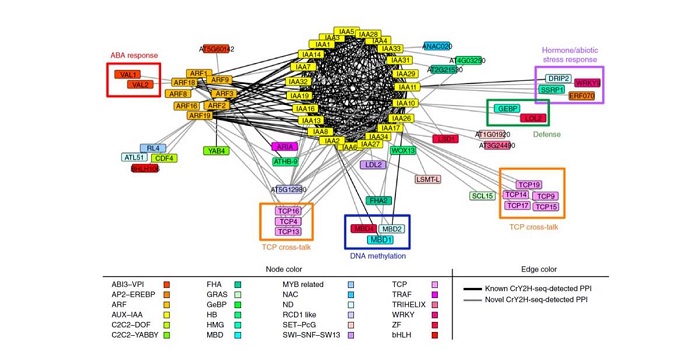
CrY2H-seq: a massively multiplexed assay for deep-coverage interactome mapping ($)
Protein-protein interactions are crucial to our understanding of biology but can be hard to detect. Trigg et al. developed a sophisticated yeast two-hybrid assay augmented with Cre recombinase (CrY2H-seq) to identify the Arabidopsis transcription factor protein-protein interactome. In this method,…
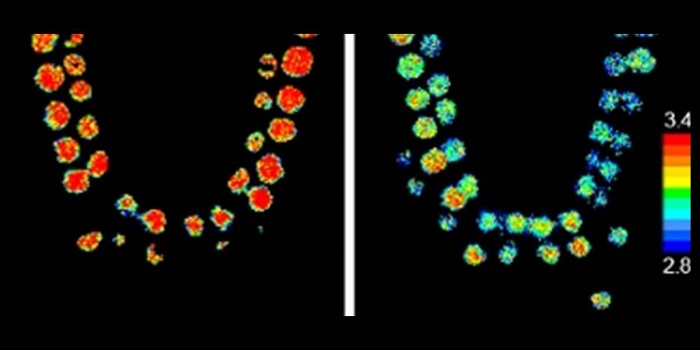
In vivo FRET–FLIM reveals cell-type-specific protein interactions in Arabidopsis roots ($)
Long et al. examined transcription factor complex formation in vivo in Arabidopsis roots using a technique that combines FRET (Förster Resonance Energy Transfer) and FLIM (Fluorescence Lifetime imaging Microscopy). Using this method, the authors were able to observe cell-type specific complex formation…

Cytokinin induces genome-wide binding of the type-B response regulator ARR10 to regulate growth and development in Arabidopsis ($)
Cytokinin, one of the major plant hormones, is involved in many aspectis of plant growth and development. Over the last few decades, the biosynthetic and signaling pathways have been discovered. The mechanistic explanation to control a myriad array of gene expression is still a black box. Zubo et al.…

A MicroRNA Switch that Controls Lateral Root Growth and Nodulation
Legume roots form two types of organs, lateral roots and symbiotic nodules, which participate, respectively, in the uptake of water and mineral nutrients and in nitrogen fixation. Since both organs have considerable impacts on plant growth, understanding the mechanisms underlying the development of lateral…

Special Issue: Plant epigenomics
The current issue of Genome Biology features a collection of review and research articles on the topic of plant epigenomics, with an overview editorial by Köhler and Springer. This collection "highlights advances in our understanding of the functions of epigenetic modifications, and the application…
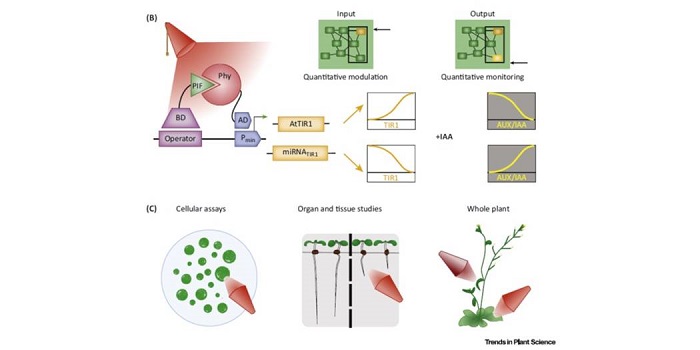
Review: Quantitative monitoring and control of plant signalling through novel theoretical–experimental approaches
Samodelov and Zurbriggen describe approaches to exquisitely fine-tune protein and metabolite expression levels through a variety of synthetic and semi-synthetic biology approaches. For example, optigenetics tools enable gene expression to be activated precisely via a light beam; when combined with downstream…
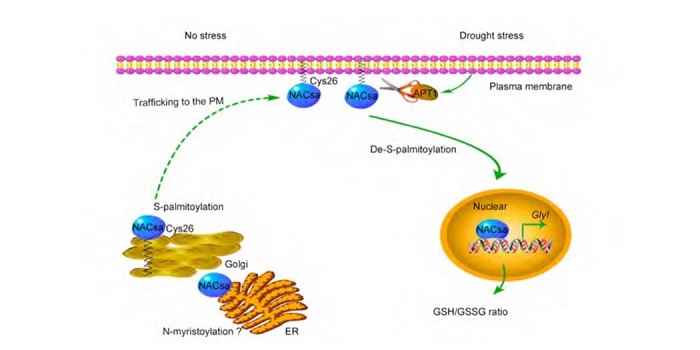
A lipid-anchored NAC transcription factor translocates into nucleus to activate GlyI gene expression involved in drought stress
Regulation of transcription factor (TF) localization is a common strategy for gene expression regulation. Wang et al. identified a membrane-anchored TF, MfNACsa, as contributing to drought stress responses. In unstressed plants, MfNACsa is anchored to the plasma membrane through covalent-attachment…
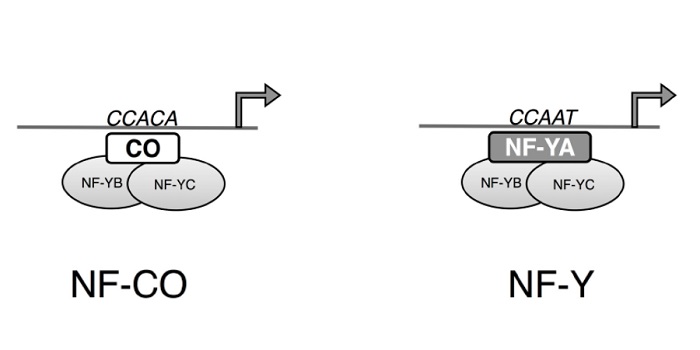
CONSTANS Companion: CO Binds the NF-YB/NF-YC Dimer and Confers Sequence-Specific DNA Binding
One of the central players in the complex regulation of flowering, CONSTANS (CO) functions as a center for integration of the various signals that determine the timing of flowering. As output, CO regulates the expression of FLOWERING LOCUS T (FT) and other genes (reviewed by Shim et al., 2017). CO contains…

